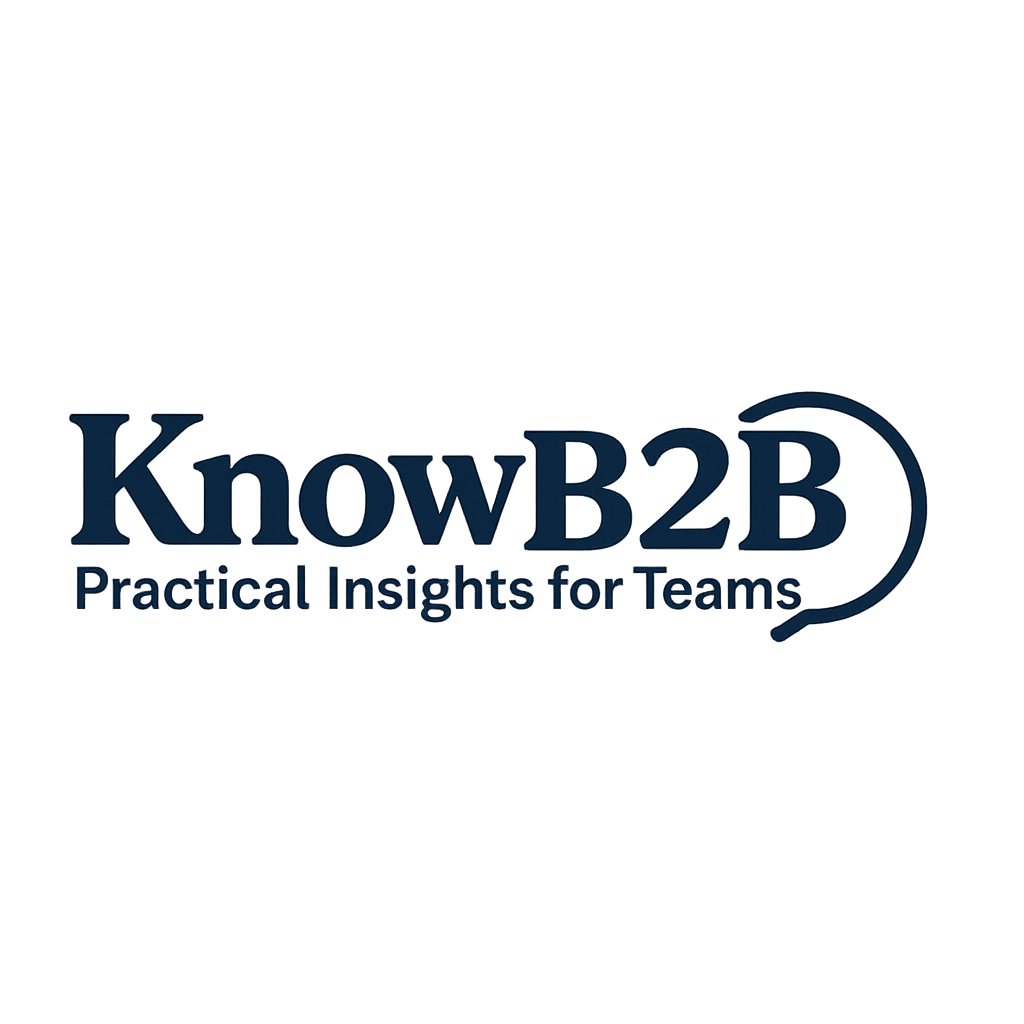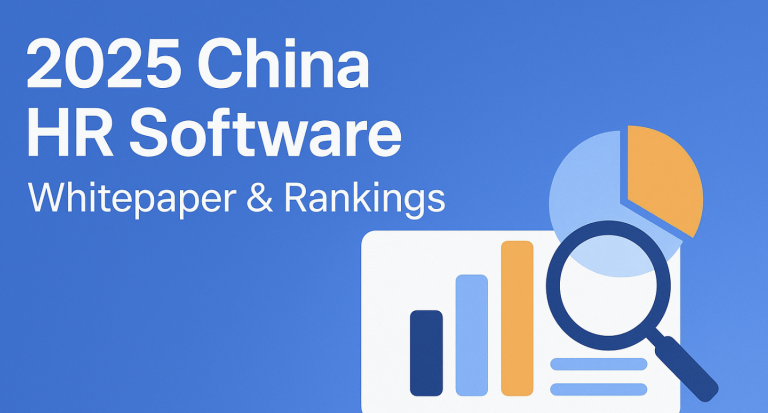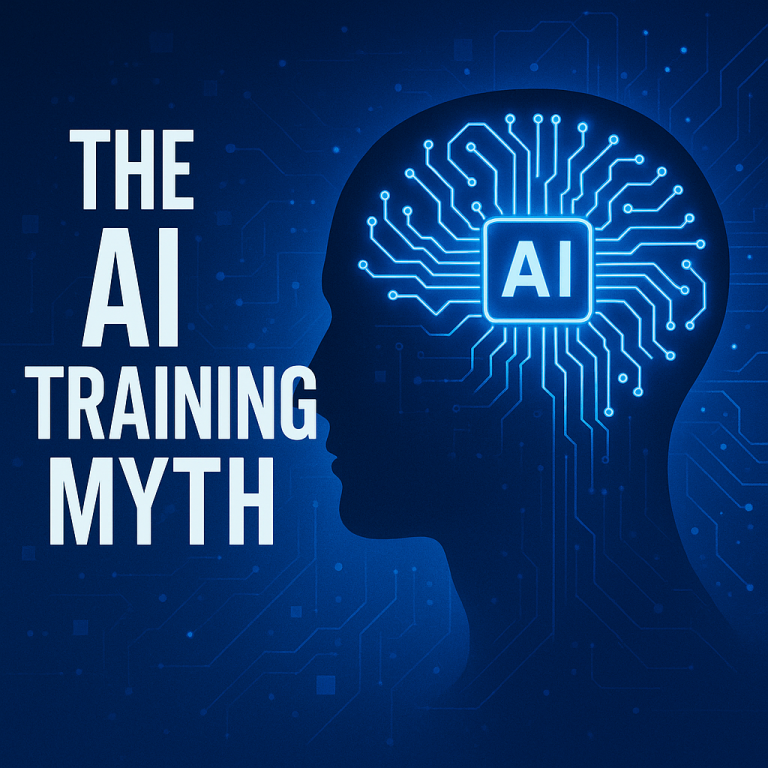In the age of AI and automation, it may seem tempting to manage recruitment using tools like ChatGPT or DeepSeek, paired with familiar spreadsheets like Excel. While these tools offer convenience and flexibility, relying on them for recruitment is like building a house with a Swiss Army knife — theoretically possible, but inefficient, error-prone, and fundamentally unsuited for scale.
The Reality: Spreadsheets Are Holding You Back
Excel is powerful — for numbers, not for people. When used for recruitment, spreadsheets bring several limitations:
- ❌ Lack of automation: No built-in way to track candidate status or send automated reminders.
- ❌ Data silos: Candidate data lives in disconnected tabs or files.
- ❌ No collaboration: Hard to track who edited what; comment threads get messy.
- ❌ Security risks: Candidate PII stored without proper access controls.
- ❌ Scalability fails: As volume grows, errors multiply.
Recruitment is not a one-dimensional task. It requires a structured, multi-step process — from sourcing and screening to interviewing, evaluating, and onboarding. Spreadsheets simply weren’t built for this.

But What About ChatGPT and DeepSeek?
Many recruiters today explore generative AI tools like ChatGPT or DeepSeek to assist with tasks such as:
- Writing job descriptions
- Generating interview questions
- Screening resumes (to some extent)
- Summarizing candidate profiles
While these tools enhance productivity, they’re not systems. They don’t track candidate status, support collaboration, enforce workflows, or provide structured analytics. Their limitations include:
- ❌ No applicant tracking logic
- ❌ No candidate database
- ❌ No integration with calendars, job boards, or emails
- ❌ Lack of structured decision-making tools (e.g. scorecards, approval workflows)
Think of AI tools as powerful assistants, not as platforms.
ATS: A Structured, Scalable Recruitment Engine
An Applicant Tracking System (ATS) is purpose-built to manage recruitment end-to-end:
| Feature | Excel / AI Tools | ATS System |
|---|---|---|
| Resume Parsing | ❌ Manual | ✅ Automated with structure |
| Candidate Pipeline Tracking | ❌ No visibility | ✅ Real-time status updates |
| Interview Scheduling | ❌ Manual & disjointed | ✅ Calendar integration |
| Collaboration & Comments | ❌ Static notes | ✅ Centralized communication |
| Reporting & Analytics | ❌ Spreadsheet hacks | ✅ Custom dashboards |
| Compliance & GDPR | ❌ High risk | ✅ Secure & compliant |
| Workflow Automation | ❌ None | ✅ Trigger-based workflows |
| AI Capabilities | ⚠️ External (ChatGPT) | ✅ Native or integrated AI |
When these tools are combined — for example, embedding ChatGPT into an ATS — the results are exponentially better: AI for insight, ATS for structure.
Why Structure Matters in Recruitment
Recruitment is data-intensive. Structured data enables:
- 📊 Analytics: Know where drop-offs happen, what sources work, who performs well.
- 🧠 AI training: Structured past hiring data improves predictive models.
- 🔄 Continuous improvement: Track metrics over time to refine your process.
Spreadsheets lack structure. AI tools can interpret unstructured data, but without a structured framework to collect and act on it, they fall short of full-cycle recruitment needs.
The Smartest Setup: ATS + AI Assistants
Rather than choosing between Excel and ChatGPT/DeepSeek, the future lies in:
A modern ATS system enhanced with generative AI.
This gives recruiters:
- 🧠 AI-powered recommendations
- 🚀 Scalable, structured workflows
- 🔍 Transparent, collaborative hiring
- 📈 Insights from clean data
Conclusion
Excel was never meant to be your hiring hub. And while generative AI is exciting, it’s not a substitute for a recruitment system. If you’re serious about hiring the right people, building scalable processes, and delivering a world-class candidate experience, it’s time to move from manual tools to intelligent platforms.
Ditch the spreadsheet. Integrate AI. Use an ATS.
Join the Conversation
Thinking about upgrading your recruitment tools?
Have questions about how to integrate AI with your hiring workflow?
Leave a comment or get in touch — we’d love to hear how you’re rethinking recruitment.


